Violas and violins are similar, and figuring out which is which (let alone which one to play) can create headaches. Is one easier to play? Are they not just the same thing? No – and luckily, we’re here to help and give you some handy hints while you play “Spot the Difference: String Edition”!
Key takeaways
In a nutshell, what are the differences between viola and violin? Here’s the simple answer.
- Size – the viola is bigger than the violin.
- Strings – violin strings are G-D-A-E, whereas viola strings are C-G-D-A.
- Bow – a violin’s bow is longer and slimmer than a viola’s.
- Sound – the violin has a higher pitch than the viola.
- Clef – violinists read the treble clef, whilst viola players read the alto clef.
- Position in the orchestra – violins sit stage right whilst violas are centre.
- Role – violin is used for solos more often than viola.
Viola vs. violin – the differences
Violins are smaller than violas and have a higher pitch. Their strings have different tunings (though both are in fifths) and violins use the treble clef while the viola uses the alto clef. The bows are shaped and weighted differently. In orchestras, violists sit in the centre and there are more violin solos.
If that’s not enough of an explanation, don’t worry – we have more information below!
1. Size
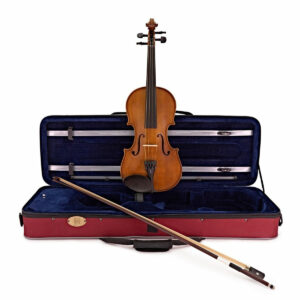 The violin is the smallest of the four-string instruments usually seen in an orchestra, the viola is slightly bigger, then we have the cello, and the double bass is the largest. Violas and violins have the most similar dimensions, causing confusion.
The violin is the smallest of the four-string instruments usually seen in an orchestra, the viola is slightly bigger, then we have the cello, and the double bass is the largest. Violas and violins have the most similar dimensions, causing confusion.
At around 36cm long, a violin’s smaller body adds to its brighter tone. They’re usually sized in fractions, such as 1/16, 1/8, 1/4, 1/2, and 3/4, as can be seen with this Stentor model. A violin also has a slimmer neck.
Viola sizing is slightly more fluid than a violin, with a full-sized instrument being between 39 and 41cm on average.
Violas also usually use inches as a sizing method rather than fractions, like the Stentor Student 2 13 inches (so you’ll see the larger instruments at 16 – 16.5″). This means that you should always check the internal case measurements against your viola when buying a new one!
2. Strings
Violins and violas are tuned in fifths, but the viola starts one fifth lower. This means that the violin is tuned to G-D-A-E whereas the viola is C-G-D-A.
Both types of string can be made from the same materials – commonly a synthetic core with metal winding – but create a different sound thanks to the size of the instrument and the strings themselves.
The gauge of the strings is different, with the violin having a lighter tension and shorter, thinner strings than those of a viola. These differences in design mean that viola strings require more pressure and have a deeper tone.
Often violists prefer a softer, stickier rosin and violinists a lighter, harder rosin to compliment their strings – but this is down to personal preference!
3. Bows
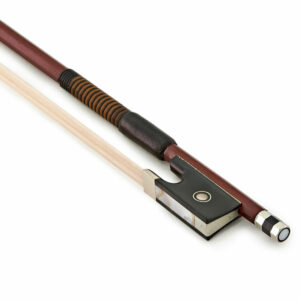 Violin and viola bows have the same basic setup: synthetic or natural horsehair attached to a flexible rod (normally wood or carbon fibre) with a frog to hold while playing and the ability to tighten or loosen it as needed.
Violin and viola bows have the same basic setup: synthetic or natural horsehair attached to a flexible rod (normally wood or carbon fibre) with a frog to hold while playing and the ability to tighten or loosen it as needed.
Their differences accommodate the pressure that a player uses and the kinds of pieces they play. Violin bows are longer and thinner, better for playing solos on lighter strings. Viola bows are heavier and shorter, better for placing additional pressure on thicker strings.
The frogs are also slightly different: a violin has a lightweight, straight-edged frog so the bow isn’t slowed down whereas a viola’s frog needs the extra weight and has curved edges. This makes the required grip for each bow easier too!
You can easily see the differences between the two with this violin bow and this viola bow.
4. Sound
Violas and violins can produce different notes thanks to their various string tunings. However, the pitch is not the only deviation in sound.
Both instruments use their strings to vibrate the air inside the chamber. The size of the strings and the volume of air interact to affect timbre.
A violin’s smaller size and lighter strings offer clarity, making them perfect for solo work. They have a more piercing tone which can cut through an orchestra, and they sound brighter.
In contrast, a viola’s larger size means that air inside the instrument resonates more slowly, adding a deeper tone. This depth is normally used as a counterpoint for the violin, though it can be less responsive.
5. Clef
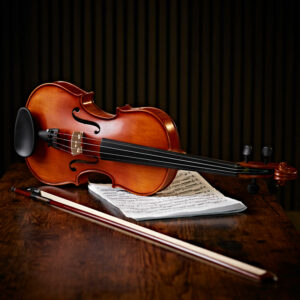 Knowing the score when reading sheet music is always important… if you’ll excuse the pun.
Knowing the score when reading sheet music is always important… if you’ll excuse the pun.
There are four regularly used clefs in modern music: treble, alto, tenor, and bass.
In general, violin parts are written in the treble clef (also known as the G clef). The most commonly used clef, it’s suited to higher instruments and is usually used in school music lessons.
Parts for the viola are usually in the alto clef. One of the C clefs alongside tenor and soprano, it’s rarely used for other instruments.
While the viola has different notation to many other instruments, it’s common that more advanced players can read both – this won’t, however, be the case for beginners.
6. Position in the orchestra
Despite their undeserved reputation for having an “easy instrument”, viola players are always right in the thick of it. They sit in the centre of an orchestra, between the cellos and the violins (their sound is the midpoint between the two) and need to pay close attention to the conductor due to the slower articulation of their thicker strings.
The position of violins in an orchestra is a bit more flexible – the first violins are stage right (left from the audience’s perspective). The second violin section is then often directly next to them, either continuing as a section towards the back of the stage or curving around to the violas.
As with any stage layout, however, this can be subject to performance and the personal preference of the conductor or musical director.
7. Role
Violins are often seen as the star of the show, with countless pieces of music written specifically to showcase its strident tone. As mentioned previously, there are more violin solos than viola and they often play the melody in an orchestral piece. The higher pitch helps it carry further and stand out from a large orchestra.
A warmer tone means that the viola suits harmonies and can add depth to an ensemble’s performance. This is also the case in string quartets, where one of two violins tends to be the focus of a performance. Despite this, in modern orchestral pieces, the viola is undergoing a renaissance and pieces are often transposed into alto clef.
Some history
The origin of orchestral strings is widely debated – bowed string instruments tuned in fifths such as the rebab have been around since the 8th century in Africa, Asia, and Europe. There are also many other bowed strings spanning millennia and continents.
Most sources agree that the lira da braccio is the basis for modern violins and violas, though their names are derived from “viola da braccio” (Italian for “arm viola”) which referred to the entire family of string instruments. The cello also developed from this family of instruments, and the double bass is more closely related to the “viola da gamba”.
All orchestral string instruments have historically used gut strings, though more recently, synthetic metal-wound strings are popular.
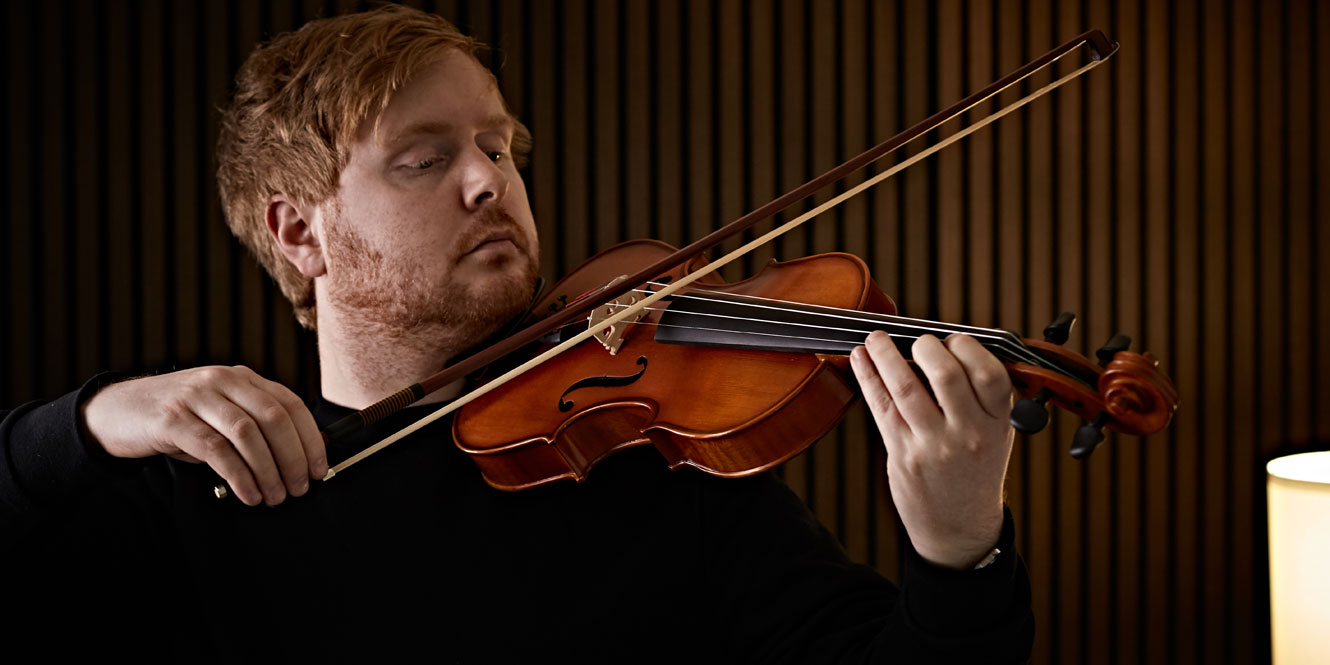
FAQs
Which is easier to play – violin or viola?
Both violins and violas are difficult in their own ways but many consider the viola harder to play due to its larger size, heavier weight and alto clef notation. Others believe the viola is easier as the music is often less complex due to its supporting role. There are challenges in learning the viola as opposed to the violin, and vice versa.
Should I learn violin or viola first?
Many students choose the violin first, but the viola is also a good place to start. Violins can be more readily available in smaller sizes, and there are often plenty of child-friendly resources. For this reason, the violin is a great beginner instrument. The viola, however, is also great to learn and if you have the necessary tools to play, there should be nothing stopping you! You also manage to avoid the more painful screeching notes with a viola.
Can a violinist play a viola?
A violinist can play the viola, but it will take some getting used to. While the instruments look similar, there are definite differences in technique down to the way the bow is held. Reading in the alto clef will also be a new experience. Despite this, there are plenty of transferable skills: playing the viola would be easier than if a non-string player tried, but don’t be surprised if you aren’t perfect immediately.
Final thoughts
We hope that we’ve helped you learn the differences between the violin and viola that every string player should know. While they’re similar in many ways, their size, strings, and sound all make a large difference.
The viola is bigger, lower in sound, and requires more pressure to play, whereas the violin has a faster response and is easier to source solo parts for.
Tuning to C-G-D-A rather than G-D-A-E means that the viola is read in alto clef and the bows are suited to their different builds and roles in the orchestra.
At Gear4music, we have student violins and violas available on our website, along with all the accessories you could need!

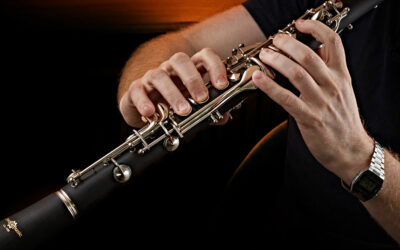

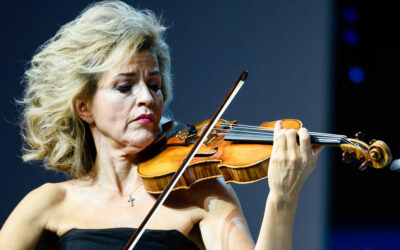

I’m not sure where you got your info from, but a viola bow is NOT shorter than a violin, it’s the same length.